Bernard Arnault is practically the master of luxury; he is not only a name. Imagine being in charge of Louis Vuitton, Dior, Moët & Chandon—yes, that is his universe. Arnault combined imagination and strategy like a chef creating the ideal croissant to transform a basic business idea into a worldwide empire with LVMH. This man redefines luxury so that every brand under LVMH screams exclusivity and elegance rather than only sales. From premium wine to high-end fashion, his influence is omnipresent, creating tastes and trends worldwide. It seems sense that his business genius has established a benchmark for luxurious living.
Bernard Arnault: The Visionary Behind LVMH
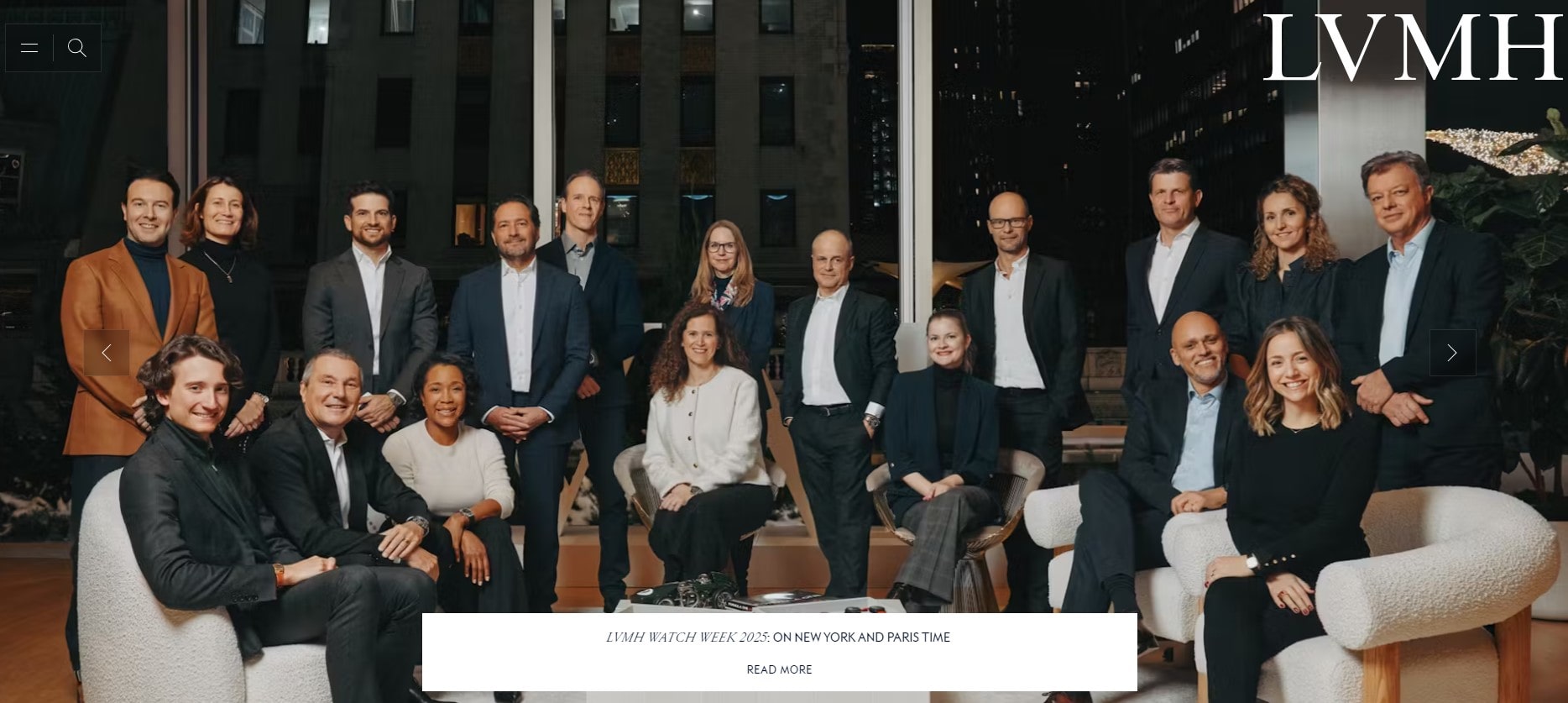
Early Life and Career Beginnings
There was no silver spoon born with Bernard Arnault. Roubaix, France, his family had a construction business while he was raised in a tiny industrial town. Back then, Arnault was not fantasizing about luxury. Well, brilliant students do, so he studied engineering at École Polytechnique—one of France’s best universities. He started working for his dad, Ferret-Savestone, following graduation. But the twist is that he persuaded his father to turn toward real estate rather than construction. Imagine in your twenties already guiding your family business in a different path. Bold action, Bernard!
By 1976, Arnault was leading the company and thinking bigger than just buildings. He wanted something global, something French but with a splash of international glamour. And that’s where his story starts to get seriously interesting. Who knew a guy from a construction family would end up ruling the luxury world?
Building the Empire: Key Acquisitions and Strategies
Arnault’s journey into luxury wasn’t smooth sailing—it was more like a power play. His first big move? Acquiring a struggling textile company, Boussac, in 1984. Why? Because Boussac owned Christian Dior, and Arnault had his eyes set on that prize. Talk about having a vision! To make Dior shine, he sold off most of Boussac’s other assets and focused entirely on the fashion brand. Ruthless? Maybe. Effective? Definitely.
In 1987, he entered LVMH by investing in the merged companies of Louis Vuitton and Moët Hennessy. Here’s where the nickname “Wolf in Cashmere” comes into play. Arnault didn’t just invest; he orchestrated a takeover, ousting the existing leadership to secure his control. Risky? Sure. Genius? Absolutely.
Fast forward to today, and LVMH owns over 75 luxury brands, from Tiffany & Co. to Fendi. Arnault didn’t just build a company; he created a global empire worth billions. His strategy? Buy the best brands, elevate them, and keep their exclusivity intact. That’s why Dior, Louis Vuitton, and Moët & Chandon are not just products—they’re statements.
Arnault’s moves might seem cold at times, but hey, it’s business, not a tea party. Whether you admire him or not, you can’t deny the guy’s a master of strategy and innovation.
The Structure of LVMH
Divisions and Brand Portfolios
LVMH, the powerhouse company built by Bernard Arnault, runs a business empire that feels more like a curated collection of luxury worlds. This company doesn’t do average—it excels in five dazzling divisions. Let’s break it down.
First, Fashion & Leather Goods. When you hear Louis Vuitton, Fendi, or Celine, you know this isn’t just fashion—it’s a status game. Moving on to Wines & Spirits, you’ve got Dom Pérignon and Hennessy. These brands don’t just make drinks; they craft experiences.
Then comes Perfumes & Cosmetics, where Dior and Guerlain redefine beauty. Not just products but dreams in tiny bottles. LVMH also shines in Watches & Jewelry—think TAG Heuer or Bulgari, where precision meets extravagance. Lastly, Selective Retailing. Ever shopped at Sephora? That’s LVMH showing how a retail business can be a global hit.
Every division under LVMH thrives because Arnault doesn’t just buy companies; he builds legacies. Each brand complements another, creating a seamless luxury business structure.
Decentralized Management Model
Here’s Arnault’s secret sauce: autonomy. The LVMH business doesn’t micromanage. Instead, brands run like independent companies. Dior doesn’t answer to Louis Vuitton, and that’s intentional. Creativity flourishes when the business model allows freedom.
The Arnault family keeps a watchful eye, though. They’re not hands-off—they ensure every brand meets LVMH’s sky-high standards. This approach is why the company thrives across 75+ brands.
Why does this work? Simple: balance. LVMH trusts its brands to innovate while giving them the backing of a $500 billion company. Bernard Arnault has proven that giving brands freedom within a structured empire is the winning strategy.
Key Brands Under LVMH
Iconic Fashion and Leather Goods
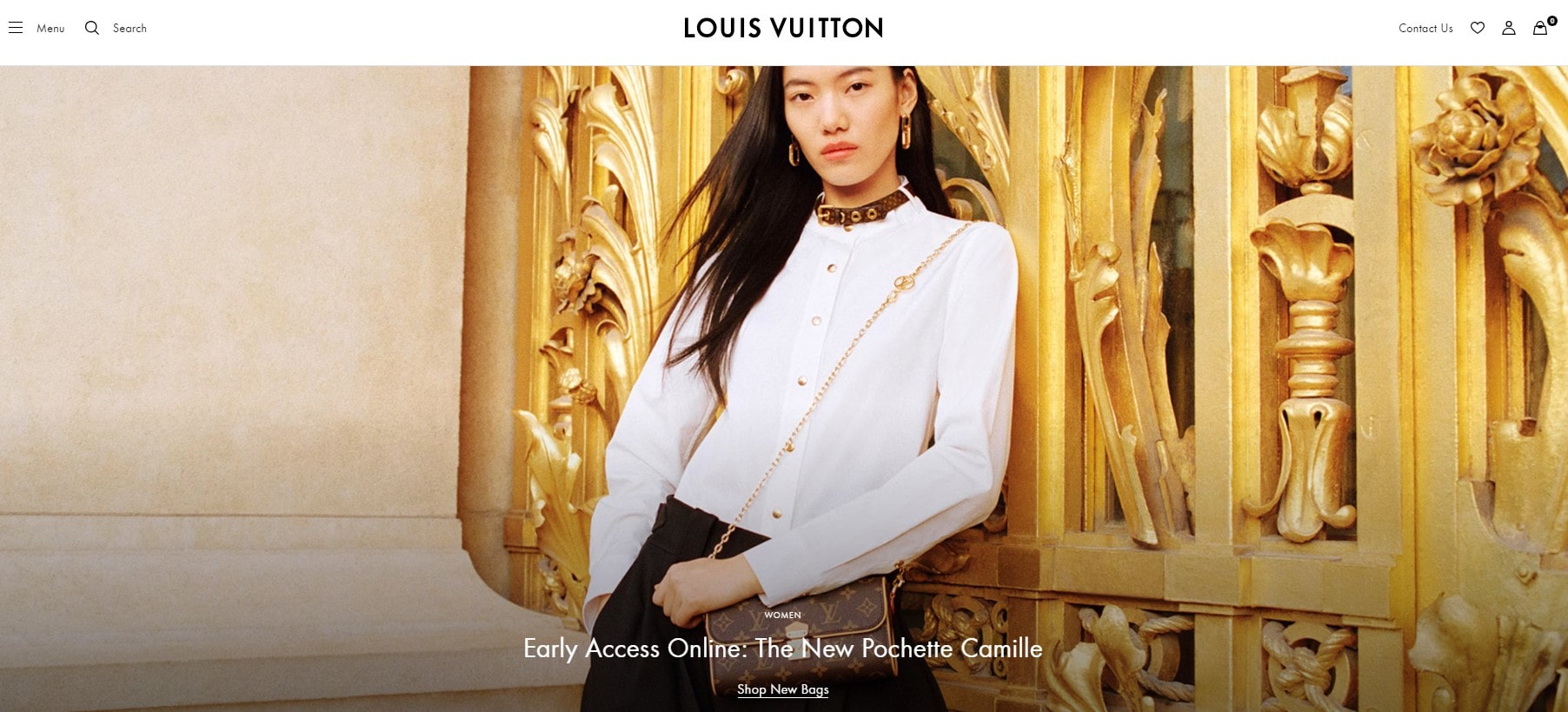
Louis Vuitton. Dior. Fendi. These aren’t just brands; they’re icons. Bernard Arnault turned these names into a powerhouse of the luxury business. The LVMH company didn’t simply inherit success—it built it with a blend of heritage and cutting-edge innovation.
Take Louis Vuitton, for example. What started as a luggage maker in 1854 is now the most valuable luxury business worldwide, worth over $20 billion. Thanks to Arnault’s vision, Vuitton doesn’t just sell handbags—it sells status. Dior, another crown jewel of LVMH, reshaped fashion forever with the “New Look” in 1947. Today, it’s a business force, constantly setting trends while holding tight to its classic roots.
Fendi? Oh, you can’t ignore the magic of Karl Lagerfeld’s creative genius. From iconic “baguette” bags to their innovative materials, Fendi has been at the forefront of luxury leather goods. What makes these companies thrive isn’t just history but how they balance tradition with modernity.
Arnault’s genius in managing these brands under LVMH lies in empowering them to innovate while maintaining their distinct identity. It’s a bold move, and it’s paying off—each brand is a market leader in its own way. Together, they dominate the global fashion and leather goods industry, showing the world how a luxury company stays on top.
Perfumes and Cosmetics
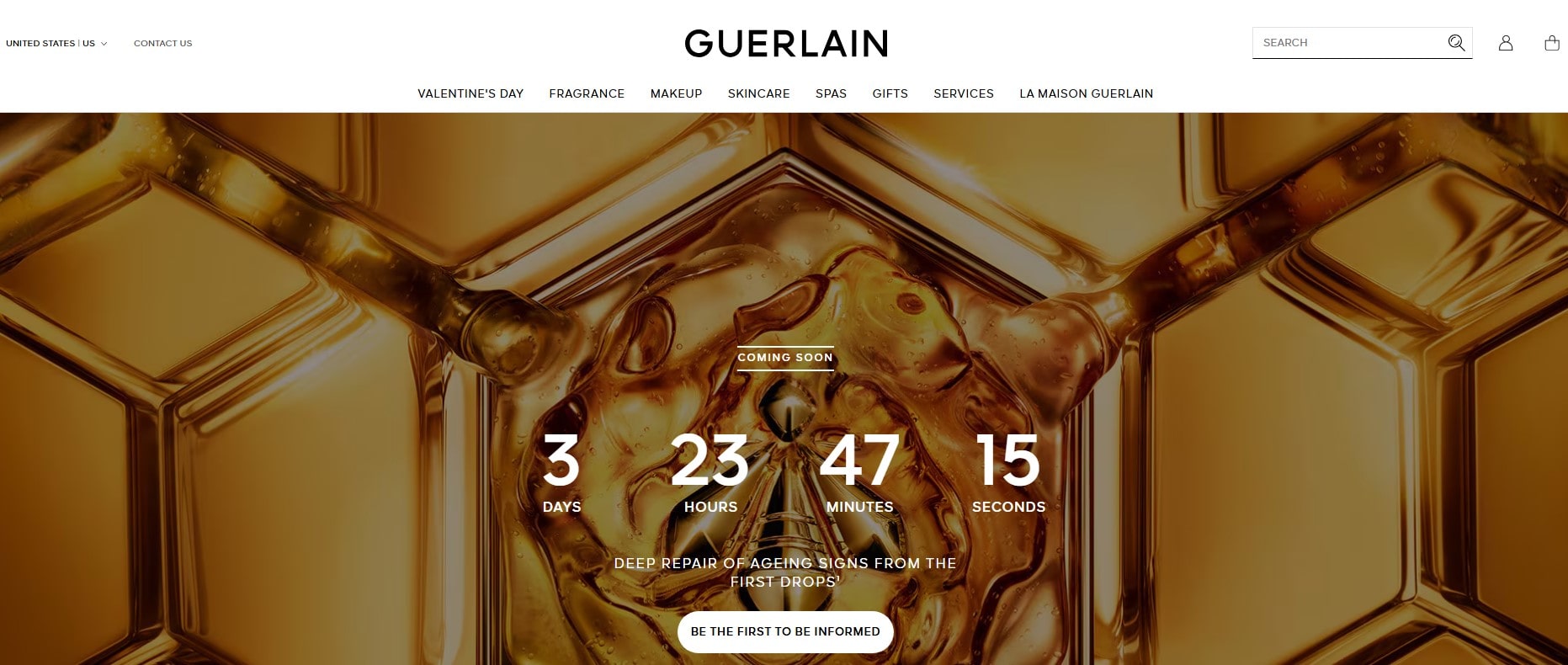
Perfumes and cosmetics in LVMH are more than products—they’re experiences. Bernard Arnault’s vision made this division a major player in the beauty industry. Think about Guerlain, one of the oldest perfume houses in the world, crafting scents since 1828. It’s not just about tradition; Guerlain stays relevant by pushing the boundaries with sustainable ingredients and eco-friendly packaging.
Then there’s Fenty Beauty, a total game-changer. Launched in 2017 with Rihanna as the face, it shocked the beauty business. How? Simple—50 foundation shades. That move wasn’t just smart; it was revolutionary. It forced competitors to rethink their approach, proving inclusivity isn’t optional anymore.
And we can’t forget Givenchy Parfums, blending elegance with innovation. It’s not just about creating fragrances; it’s about telling a story. Every product, from their iconic L’Interdit to their makeup line, reflects a mix of French chic and modern boldness.
This division of LVMH brings in billions annually, showing how innovation and inclusivity drive success. Arnault understands that a luxury company needs to balance heritage with current trends. That’s why these brands stay on top, influencing the beauty world while staying profitable.
Watches and Jewelry
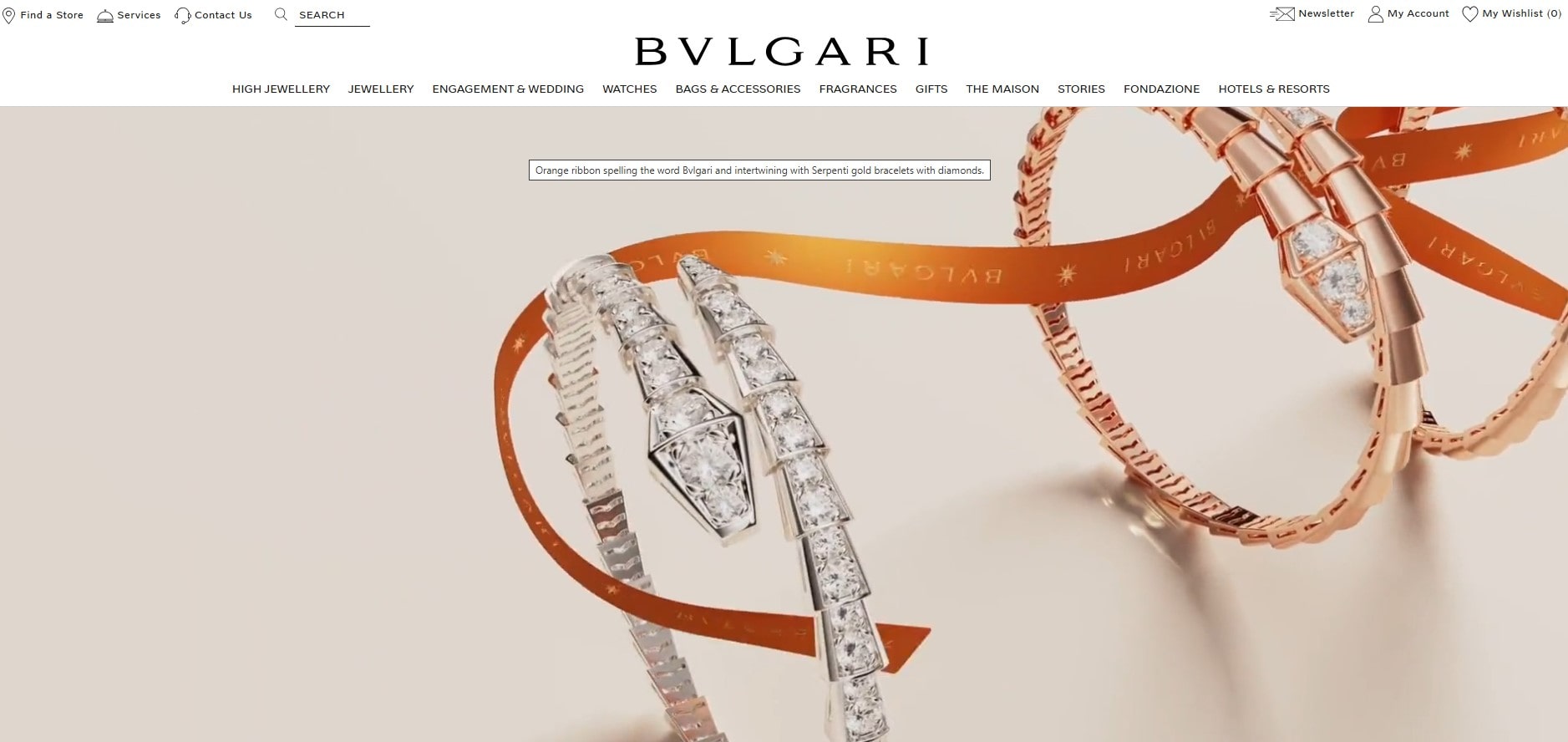
Watches and jewelry are pure luxury. When Bernard Arnault brought Bulgari, Tiffany & Co., and Tag Heuer into the LVMH empire, it wasn’t just smart—it was genius. These brands didn’t just boost the company’s portfolio; they turned LVMH into a leader in the jewelry business.
Take Tiffany & Co., acquired in 2021 for $15.8 billion—the biggest deal ever in luxury. It wasn’t only about the blue boxes. Arnault saw the opportunity to modernize this iconic company, making it more appealing to younger audiences while keeping its classy charm. Bulgari, known for bold Italian designs, perfectly complements LVMH’s elegant yet diverse strategy.
And Tag Heuer? That’s a story of innovation and heritage. Their watches scream precision and style. But it’s not just about tradition. Under LVMH, the brand embraced modern trends like smartwatches, proving that even a historic company can stay relevant.
Arnault’s business approach is crystal clear: grow by blending heritage with modern trends. It’s why LVMH dominates this market. Today, the watch and jewelry division shines bright—contributing billions to the company’s success.
Selective Retailing and Lifestyle
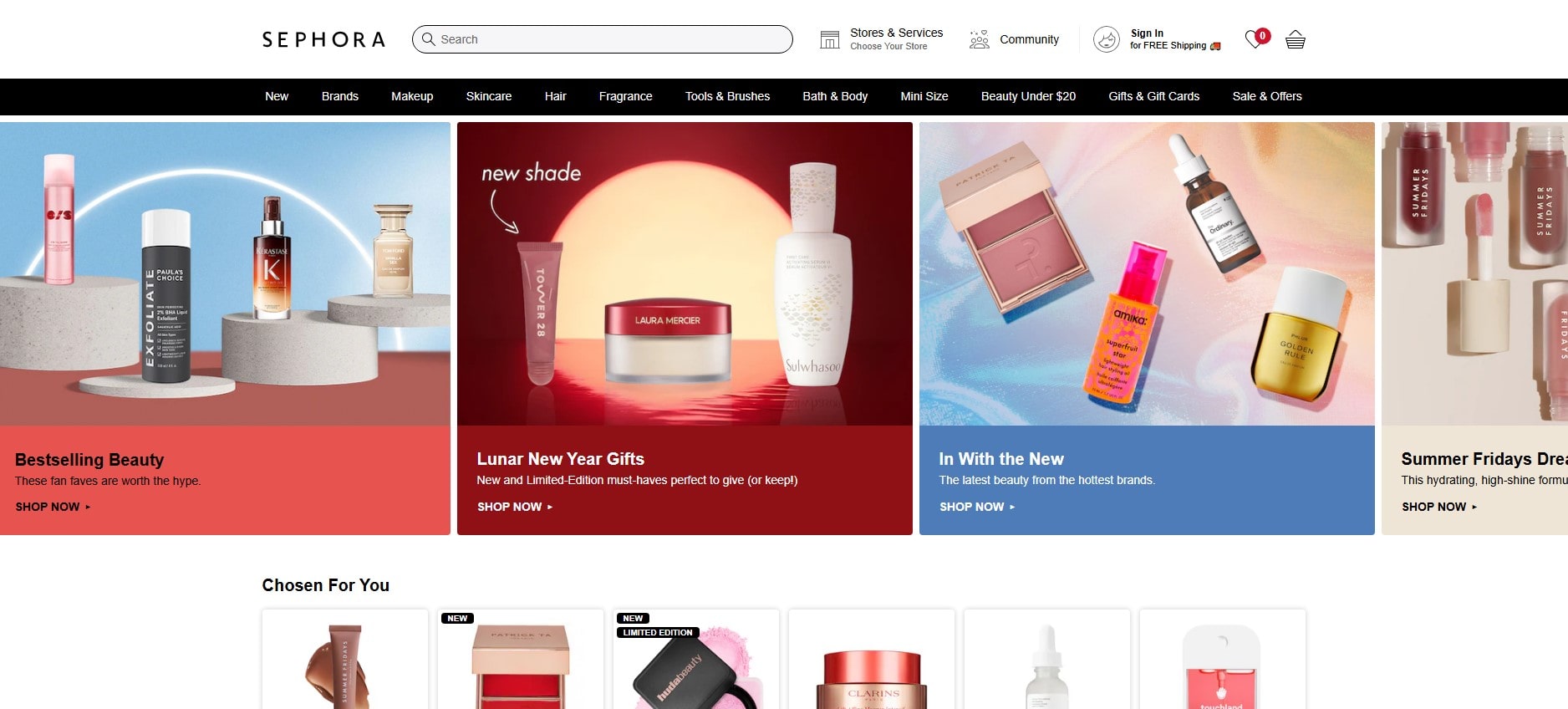
When you think of Sephora, you think of beauty paradise. But Sephora isn’t just a store; it’s a genius move by LVMH to blend beauty, lifestyle, and tech. Sephora is part of LVMH’s Selective Retailing division, a business powerhouse that knows how to grab attention—both in malls and online. With partnerships on major e-commerce platforms, Sephora shows how a company can lead the game by offering convenience, variety, and innovation.
But LVMH doesn’t stop at retail. They’ve stepped into luxury hospitality with Cheval Blanc hotels and Belmond, creating spaces where opulence meets comfort. Imagine sipping champagne in a Cheval Blanc suite, knowing you’re experiencing the vision of Bernard Arnault, the man behind this empire.
This mix of retail and lifestyle isn’t just smart—it’s transformational. By combining brands and experiences, LVMH turns shopping and travel into something extraordinary. It’s no wonder the company’s business strategy continues to dominate global markets. Arnault isn’t just running a business; he’s redefining luxury for the modern world.
Strategic Expansion and Global Influence
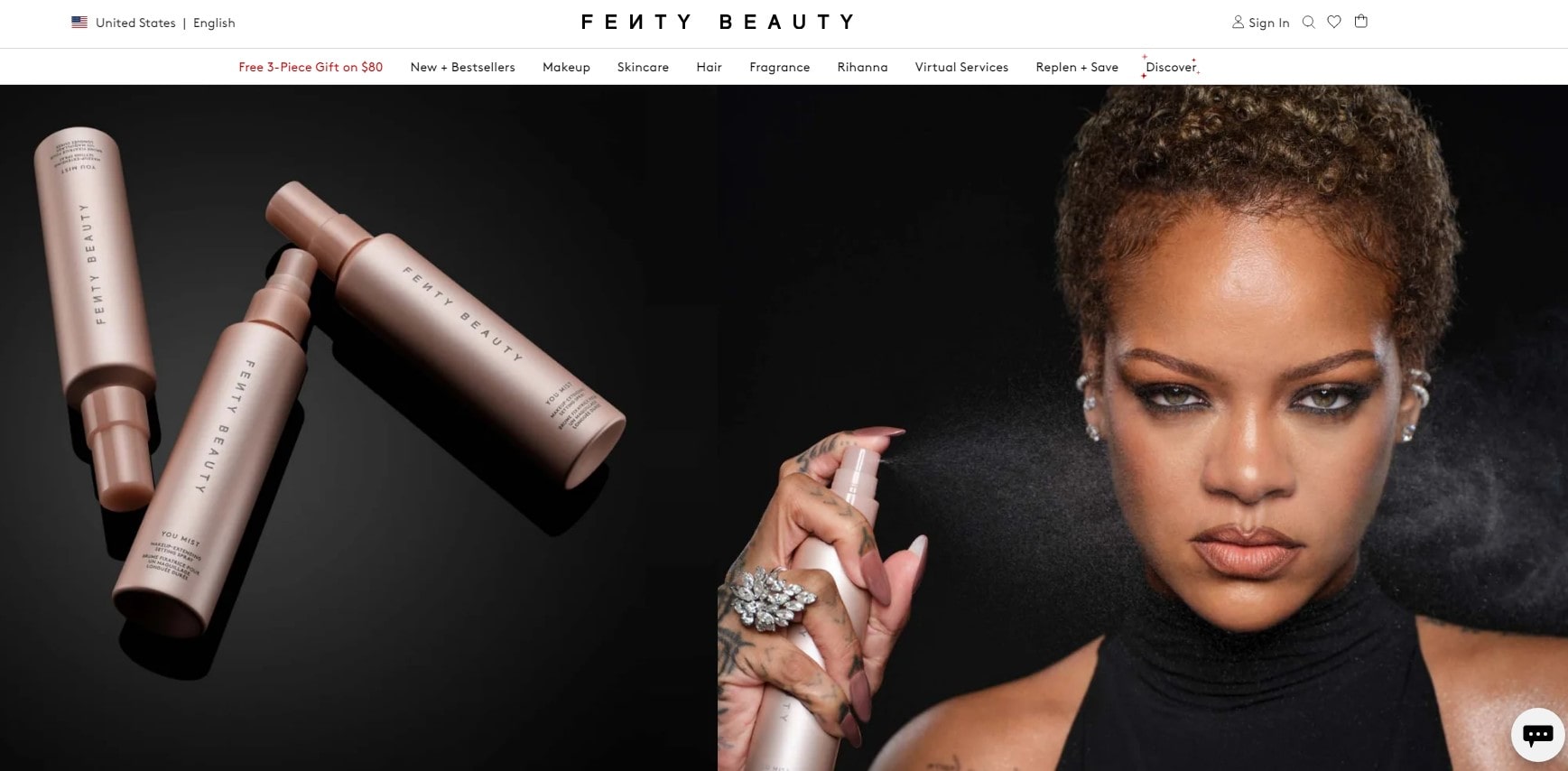
Geographic and Market Expansion
Expanding globally isn’t just about planting a flag—it’s about understanding people, their culture, and what they value. For LVMH, markets like China, India, and the Middle East are golden opportunities. Bernard Arnault knows this isn’t one-size-fits-all business. The company tailors strategies to match local tastes, celebrating traditions and festivals that matter.
Take China, for example. LVMH introduced exclusive collections for Chinese Valentine’s Day, winning hearts and wallets. It’s not just about products—it’s about making people feel seen. That’s why their campaigns resonate in regions with unique identities.
The Middle East is another example. Luxury thrives there, but Arnault’s team knows to adapt. Their approach focuses on exclusivity and partnerships with local influencers. And India? The story’s just beginning. With a rapidly growing middle class, LVMH is investing in long-term growth, setting trends for tomorrow.
Localization is the secret sauce. By respecting and blending into the culture, LVMH doesn’t just sell—it connects. And that’s why this company is more than a business; it’s a powerhouse shaping luxury in every corner of the world.
Partnerships and Acquisitions
What’s the secret sauce to LVMH’s empire? It’s Bernard Arnault and his knack for spotting the perfect partnerships and acquisitions. Arnault, the brain behind this luxury powerhouse, knows that collaborating with global icons isn’t just smart—it’s revolutionary. Look at Rihanna and her Fenty line. This collaboration didn’t just set new beauty trends; it shattered outdated standards. Inclusivity? Nailed it. Profits? Through the roof.
And then there’s L Catterton, the private equity arm of LVMH. Think of it as Arnault’s secret weapon for expansion. This business branch doesn’t sit idle—it drives acquisitions and cracks open new markets. Emerging businesses, niche brands, or household names, Arnault knows how to transform them into global superstars. His strategy isn’t just about growing LVMH—it’s about reshaping the luxury business landscape.
But here’s the kicker: it’s not just about buying companies. Arnault builds relationships that last. Whether teaming up with tech innovators, top-tier designers, or influencers, his approach is always forward-thinking. His vision? To keep LVMH dominating markets and to prove that this company isn’t just in the luxury business—it is the luxury business.
Innovation and Sustainability
LVMH doesn’t just set trends; it rewrites the rulebook. Bernard Arnault, the mastermind behind the company, has made sustainability more than just a buzzword—it’s a business priority. Reducing carbon footprints, pushing for a circular economy, and adopting eco-friendly materials are all part of this strategy. For instance, Louis Vuitton’s commitment to sustainable leather production proves that luxury and responsibility can coexist.
But let’s talk tech because LVMH isn’t stuck in the past. Data-driven decisions and cutting-edge tools keep operations efficient and innovative. Imagine using AI to predict market trends or track consumer behavior. That’s not just smart; it’s genius. And Arnault ensures the company stays ahead by investing in technologies that improve not only profits but also sustainability efforts.
What makes it all impressive? Arnault balances innovation with tradition, showing that luxury doesn’t have to compromise. It’s a business model many dream of, but only LVMH masters.
Challenges and Controversies
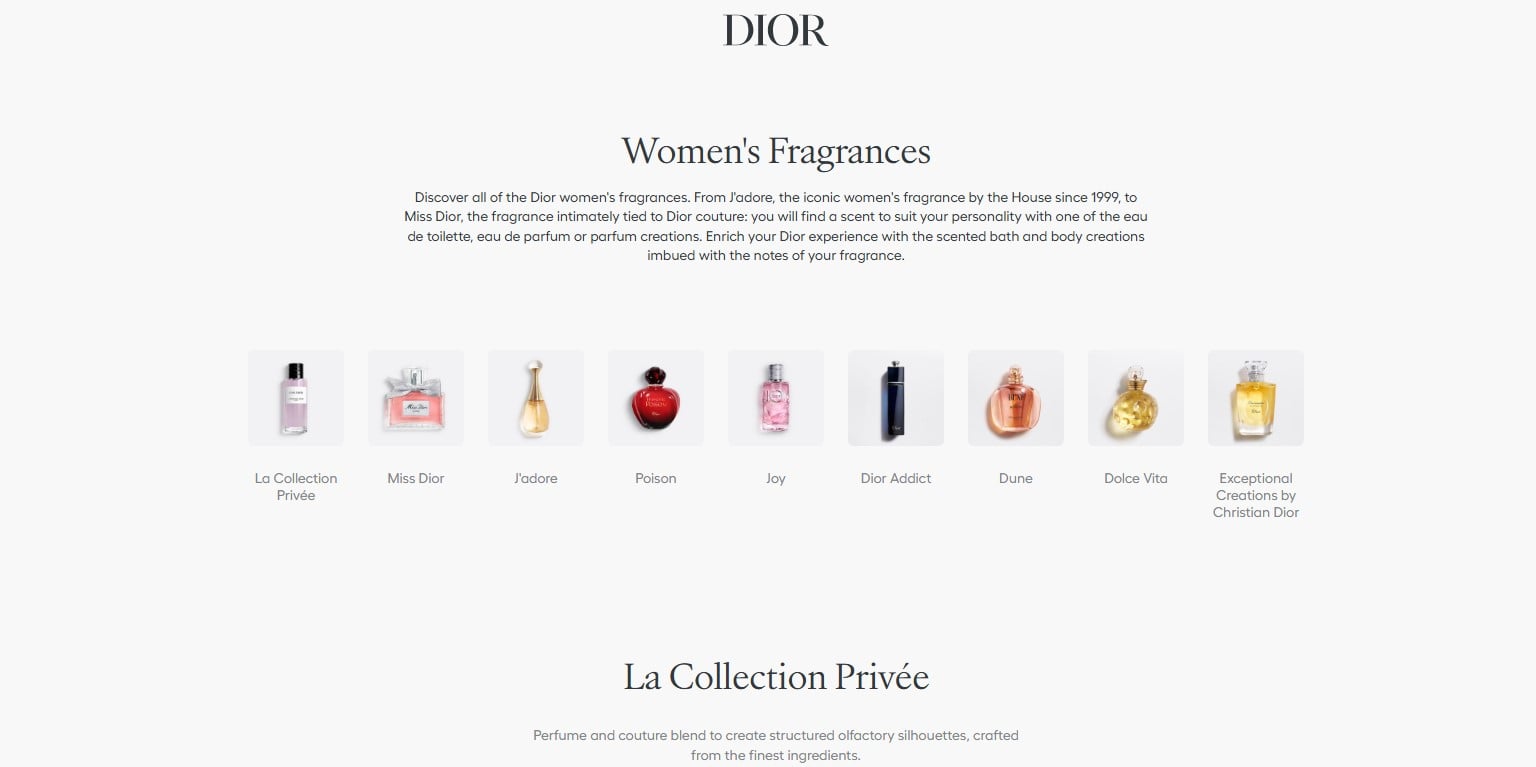
Counterfeiting and Market Challenges
Counterfeit goods are like an endless nightmare for LVMH. Every year, billions of dollars are lost globally due to fake Louis Vuitton bags and Dior perfumes flooding markets. Bernard Arnault’s company takes this very seriously. They’ve invested in advanced technologies, like blockchain, to track products and confirm authenticity. It’s smart, but it’s a never-ending battle.
Then there’s market volatility. When the economy dips, luxury often takes a hit. Arnault’s strategy to weather economic storms is diversification. With brands in fashion, wines, and even luxury hotels, LVMH spreads its risk across multiple industries. And yet, it’s never easy. Keeping a business steady when markets shift requires constant adaptation, something Arnault has mastered, but it’s no walk in the park.
Criticism and Public Perception
Even billionaires like Arnault face backlash. LVMH has had its share of tax controversies. Critics argue the company uses loopholes to reduce tax burdens, though Arnault rarely comments on this publicly. Then there’s the story of Broadway Stores, a failed U.S. department store chain LVMH owned. It was a disaster, but Arnault didn’t hide from it. He called it a learning experience and moved on.
And who can forget Boo.com? LVMH invested heavily in this early e-commerce site, which flopped spectacularly. Arnault’s approach to failure is straightforward—analyze, adapt, and move forward. While not every decision is perfect, his resilience keeps LVMH at the top, even when public perception wavers.
Arnault’s Legacy: Beyond Business
Philanthropy and Cultural Contributions
Bernard Arnault isn’t just about building a business empire; he’s also leaving a lasting impact on the world. Through Fondation Louis Vuitton, Arnault has brought art to the spotlight, creating one of the most stunning modern art spaces in Paris. It’s not just pretty buildings either—this company supports exhibitions that push boundaries and spark conversations.
But Arnault’s generosity doesn’t stop at art. He’s also been involved in funding critical medical research. After the Notre Dame fire in 2019, LVMH, under Arnault’s leadership, pledged €200 million to help rebuild the iconic cathedral. Disaster relief? He’s there too, stepping in with funds and resources to support global restoration efforts. It’s philanthropy on a scale that only someone with Arnault’s vision could achieve.
Family Involvement in LVMH
Arnault’s children are not just riding his coattails—they’re deeply involved in the company. Delphine Arnault oversees Dior, bringing her sharp strategic mind to one of LVMH’s most iconic brands. Antoine Arnault leads communication and image, ensuring the company stays ahead in the luxury narrative game. And let’s not forget Alexandre Arnault, shaping the future of Tiffany & Co.
For Arnault, family means more than personal ties. It’s the backbone of LVMH’s continuity. By involving his children, Arnault ensures that the company retains its vision and stays firmly rooted in the principles that have driven its success.
Conclusion
Bernard Arnault isn’t just a business genius; he’s reshaped what luxury means worldwide. His leadership at LVMH turned a simple idea into a global empire. From iconic brands like Louis Vuitton and Dior to newer names like Fenty Beauty, Arnault’s vision is everywhere.
And the story isn’t over. With his family deeply involved in the company, LVMH’s future looks steady and bold. They’re not just selling products—they’re creating a lifestyle. Arnault’s mix of tradition and innovation proves luxury isn’t about price tags but about telling stories that connect. That’s what keeps LVMH ahead of the game.
